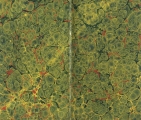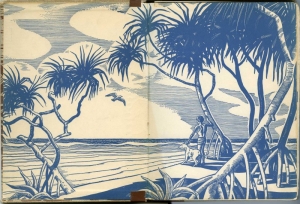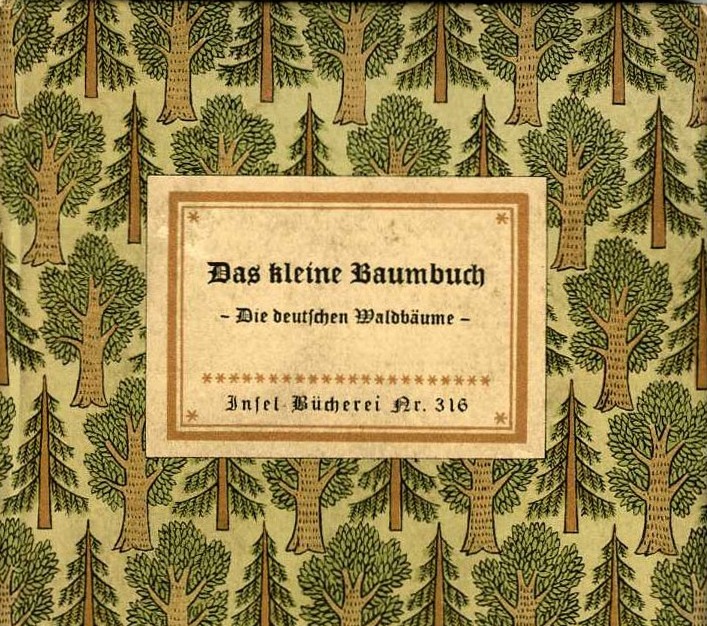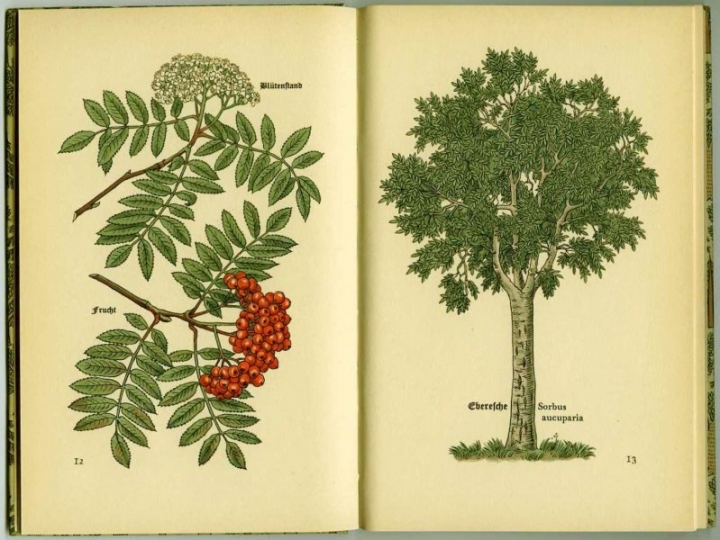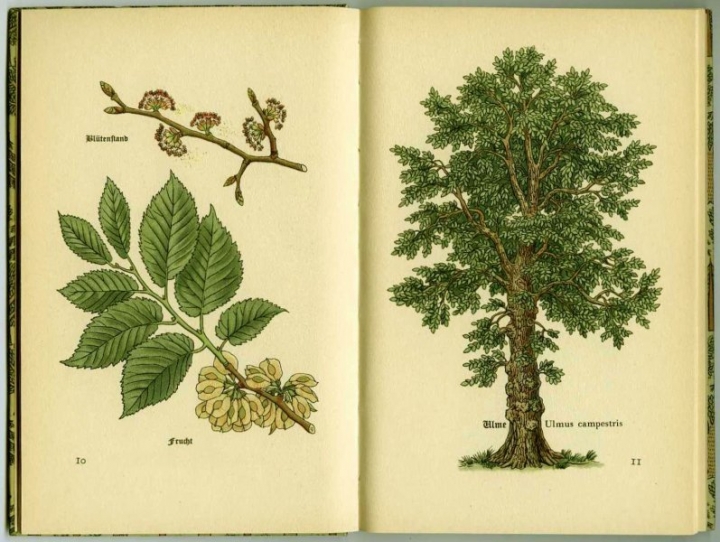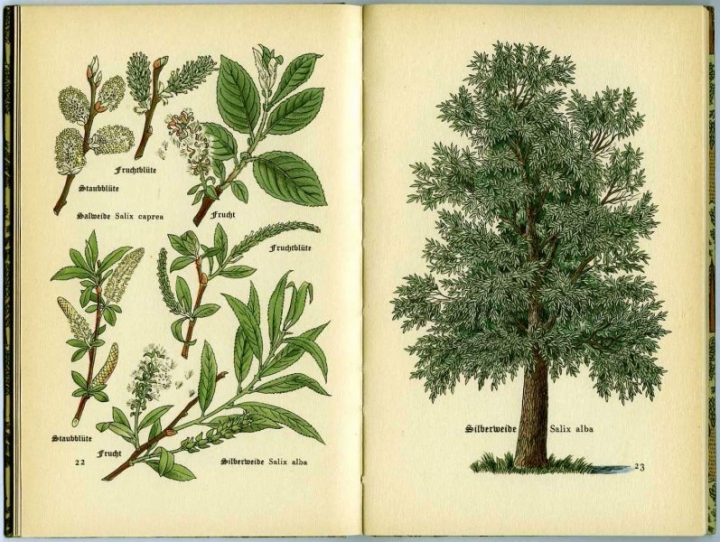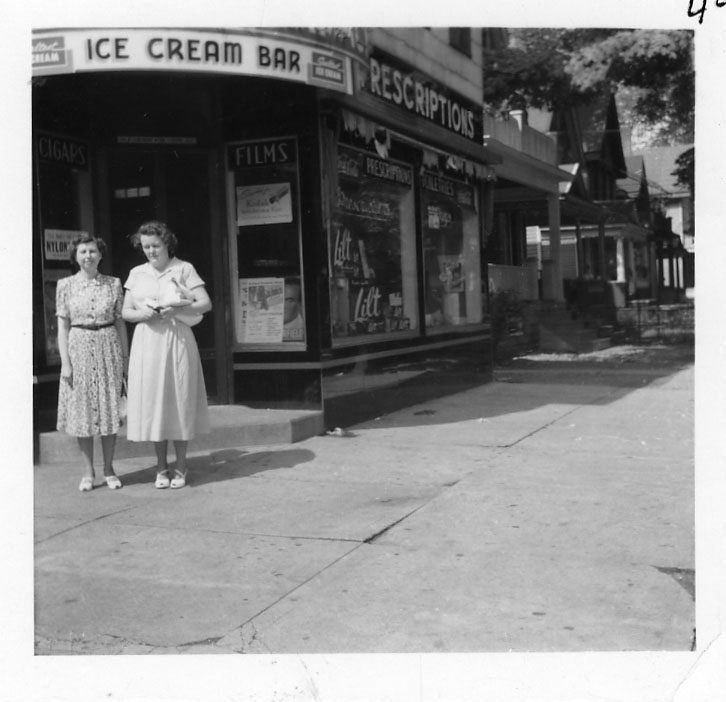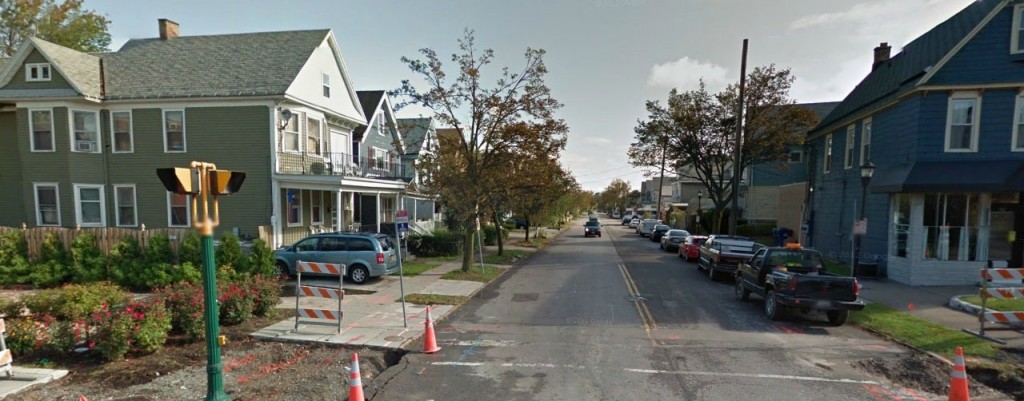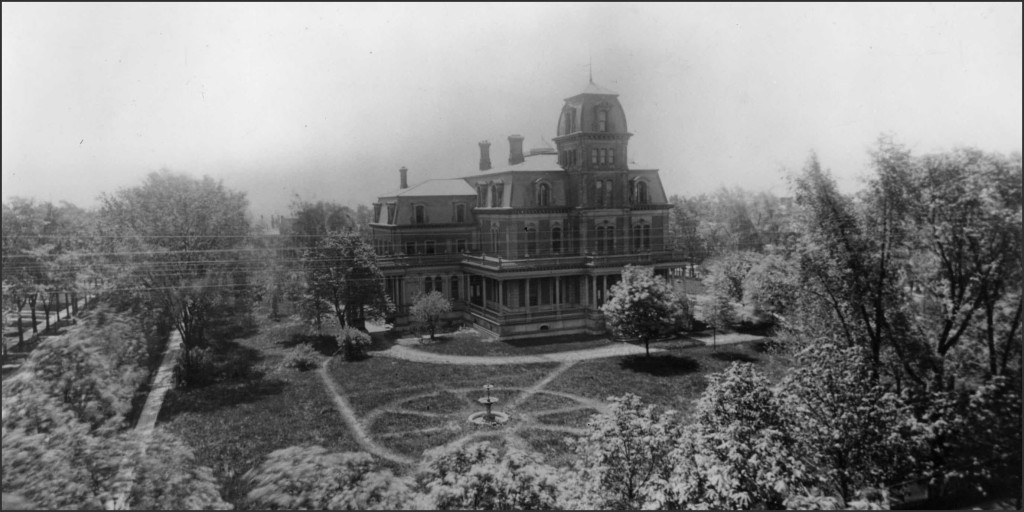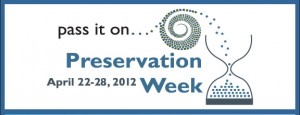 The American Library Association, Society of American Archivists, Library of Congress and other organizations have started the Preservation Week initiative to
The American Library Association, Society of American Archivists, Library of Congress and other organizations have started the Preservation Week initiative to
raise awareness about collecting and preservation, to connect the general public to preservation information and expertise, and to emphasize the close relationships among personal, family, community, and public collections and their preservation.*
Are you a genealogist? Do you have family photos, diaries, old books, or other collectibles and memorabilia? Here are a few resources to help you take care of those items and organize your research.
Organizing Family Papers
Conducting an Oral History Interview
How to care for Books
How to care for Photographs
How to care for Textiles, Quilts, and Clothing
Caring for Paper and Works of Art on Paper [Drawings, Watercolors, etc.]


















